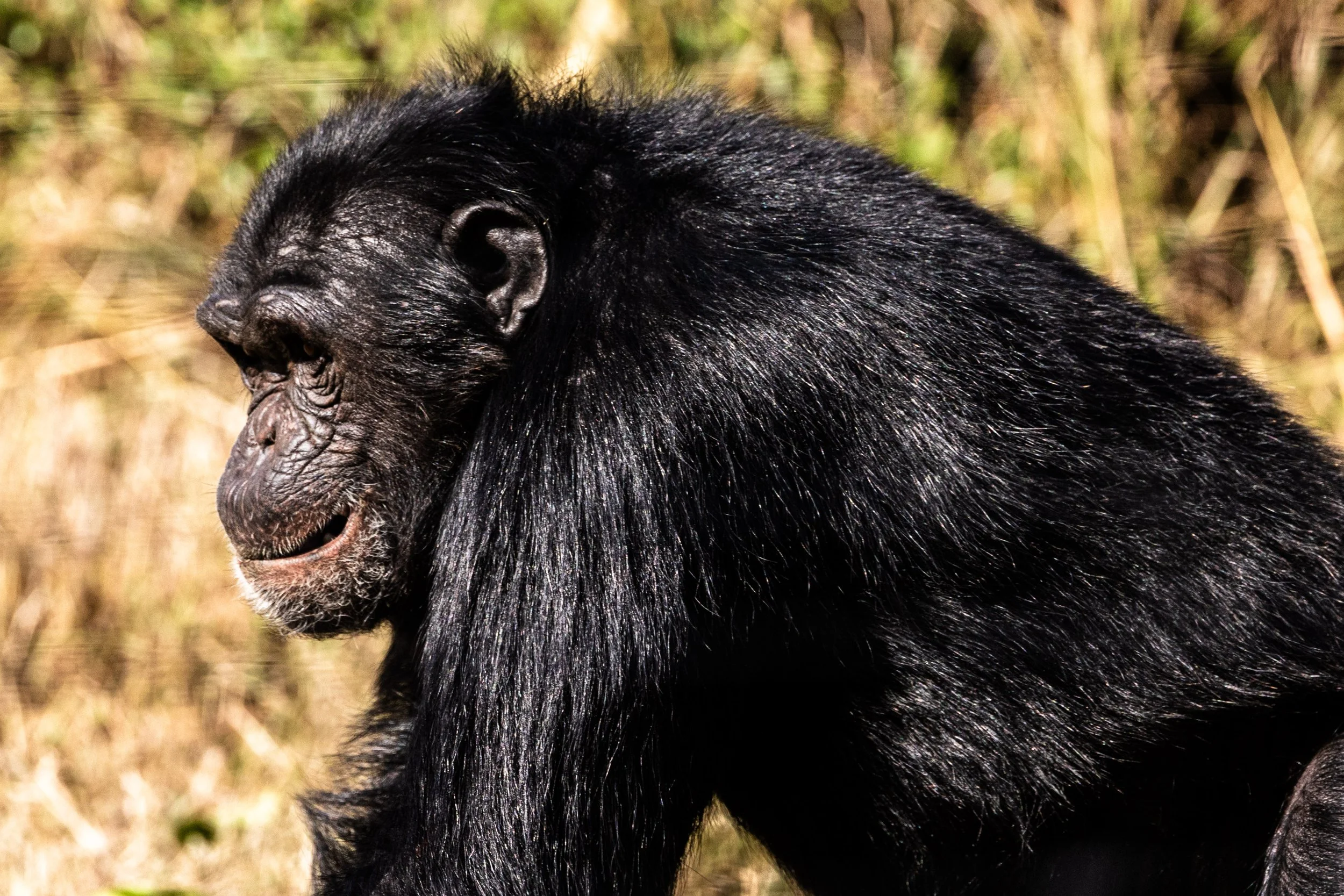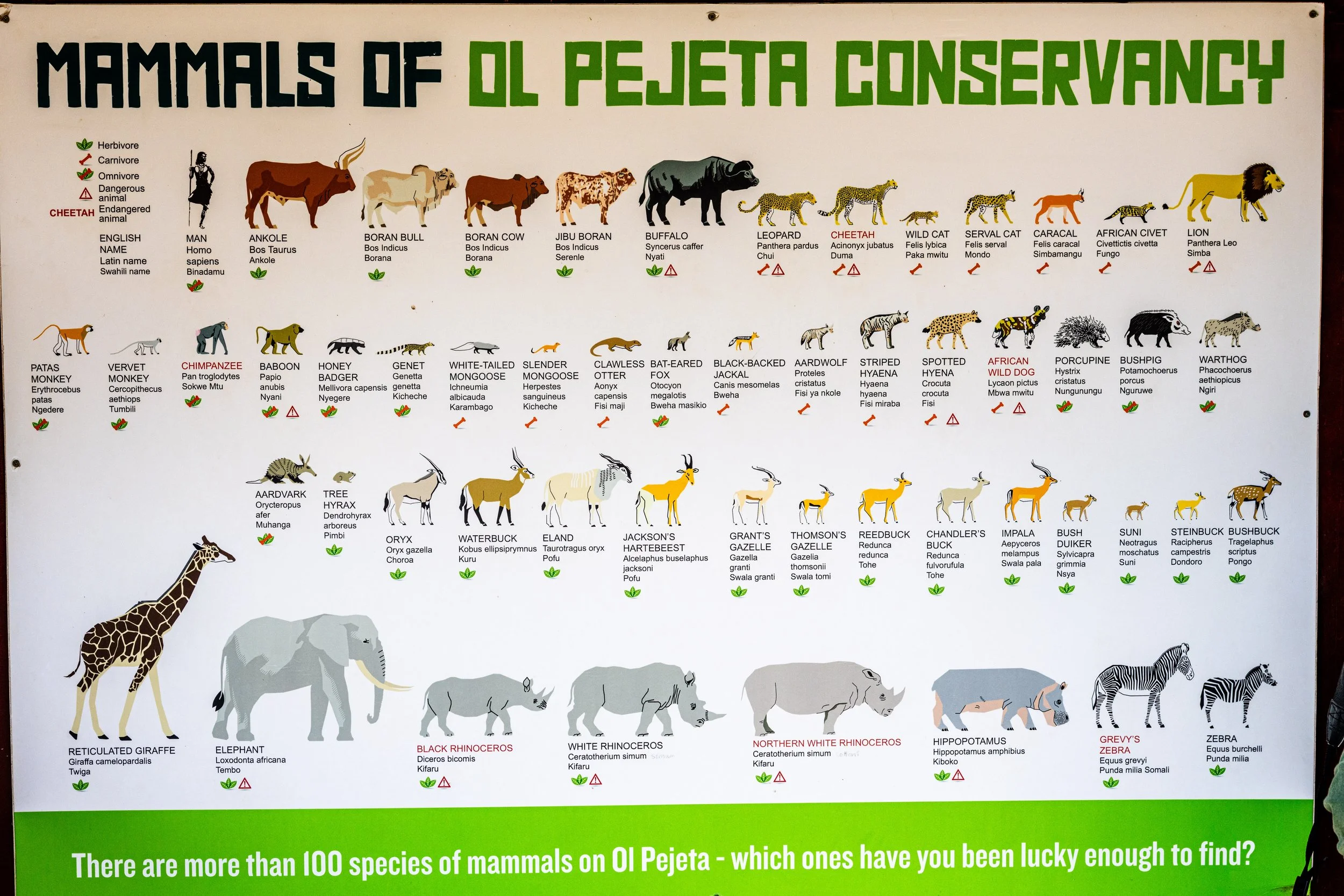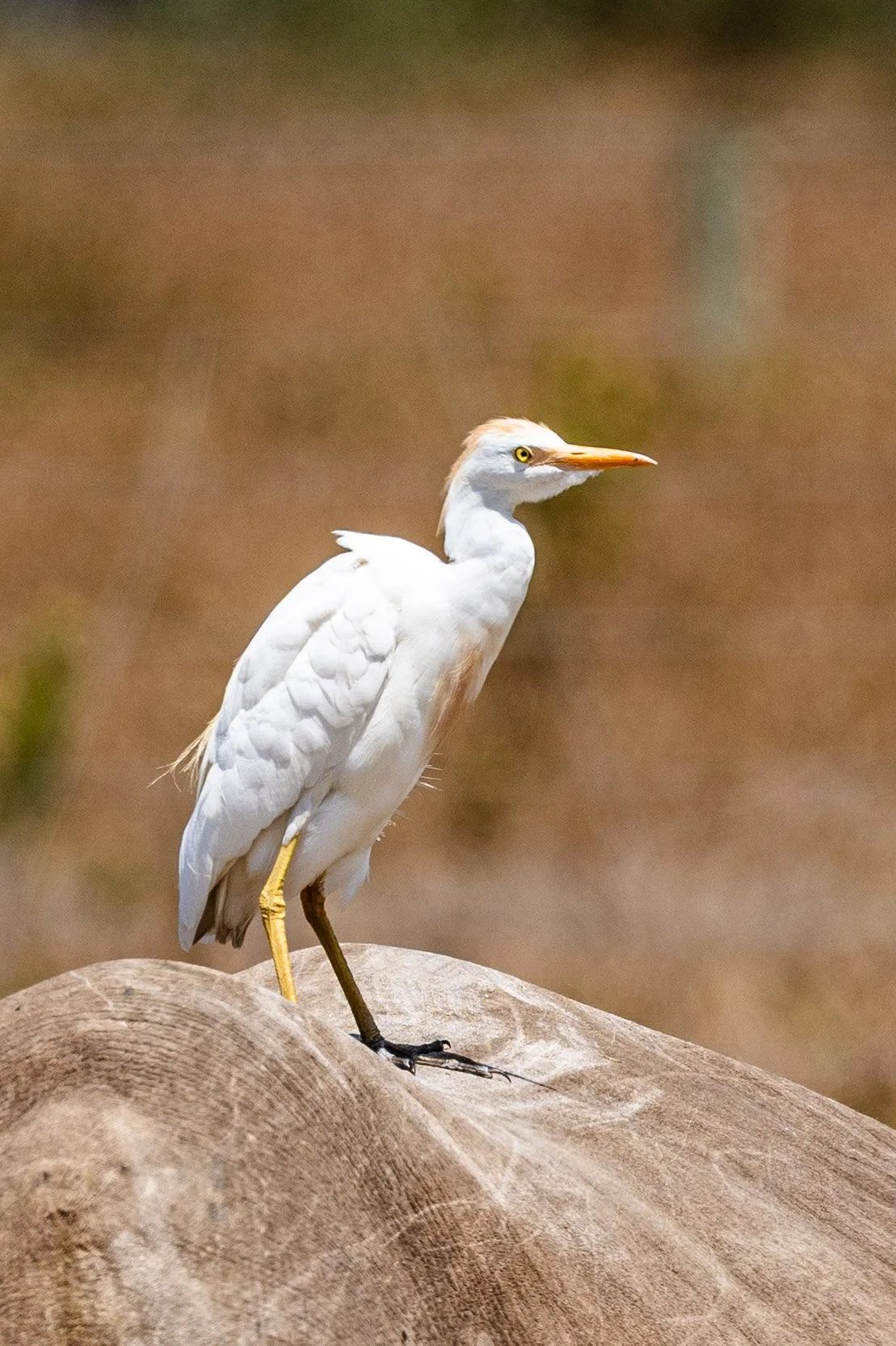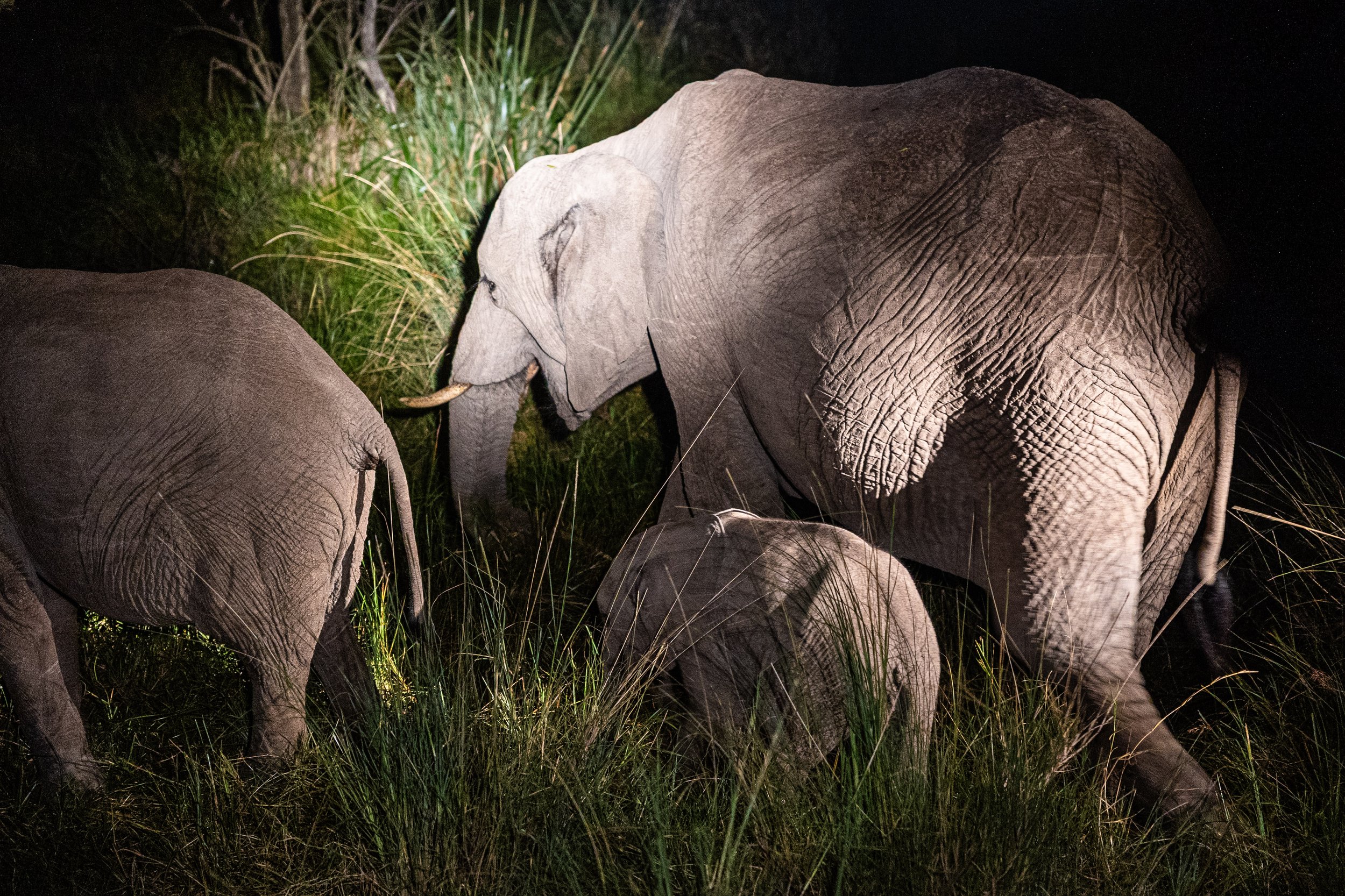
July 19, 2025
Ol Pejeta Conservancy
We did three game drives today, while also visiting a couple sanctuaries.
Game Drive 1
Giraffe
Cape Buffalo
Blue Bustards
Impala
Lanner Falcon (possibly)
Impala
Zebras on their way to the day feeding area.
A young zebra
A Grant's Gazelle
Cape Buffalo
Malachite Kingfisher
Warthog
One of the Ugly Five.
White Rhino
Red-billed Oxpecker tagging along on a Cape Buffalo
A baby rhino nursing.
Superb Starlings
Sweetwater’s Chimpanzee Sanctuary
“The Sweetwaters Chimpanzee Sanctuary is incorporated within the Ol Pejeta Conservancy and is the only place in Kenya where chimpanzees can be seen. The Sanctuary opened in 1993 in a negotiated agreement between the Ol Pejeta Conservancy, the Kenya Wildlife Service (KWS) and the Jane Goodall Institute. The facility was initially established to receive and provide lifelong refuge to orphaned and abused chimpanzees from west and central Africa. An initial group of three chimpanzee orphans were brought to the sanctuary from a facility in Bujumbura, Burundi, that needed to be evacuated due to the civil war. This was followed in 1995 by another group of 9 adult chimpanzees, and another 10 in 1996. Over the last decade Sweetwaters Chimpanzee Sanctuary has continued to accept chimpanzees rescued from traumatic situations, bringing the total number of chimpanzees in the sanctuary to 43.” - Wikipedia
Ol Pejeta Rhino Sanctuary
Before going to see the Rhinos were had the opportunity to see a collection of skeletal pieces collected from the animals in the conservancy.
Chart showing all the mammals that can be found inside the Ol Pejeta Conservancy.
Some of the skeletal parts on display.
A giraffe jaw
A hippo skull.
The Northern White Rhinos
From a sign at the sanctuary: “The northern white rhino stands as the most critically endangered rhinoceros species on Earth. Throughout centuries, these majestic creatures have faced relentless hunting for their horns. Sadly, with the passing of Sudan, the last male northern white rhino on the planet in March 2018, this sub-species is currently functionally extinct.
Only two individuals are know to remain on earth - Najin, Sudan’s daughter, and Fatu, his granddaughter. They both live in Ol Pejeta Conservancy under 24 hour armed protection.
Sudan, Suni, Najin and Fatu arrived at Ol Pejeta on December 20th, 2009, from Dvur Kralove Zoo in the Czech Republic. Despite four offsprings born in Dvur Kralove Zoo, the hope was that a natural habitat in Kenya would provide them with more favourable breeding conditions. Unfortunately, Suni died in October 2014, of natural causes, leaving Sudan the only remaining male, as the last bastion of hope for the species.
Unfortunately, the health and reproductive conditions of the remaining rhinos was examined in late 2014, when it was revealed that none of the animals were capable of natural reproduction; artificial reproduction is now their only option.
In collaboration with scientists from the Czech Republic, Kenya, Italy, Japan, South Africa, and the USA, the German reproduction specialists from the Leibniz Institute for Zoo and Wildlife Research (IZW) are developing technologies for assisted reproduction in endangered rhinoceroses. These technologies involve cell biological methods such as invitro-fertilization and stem cell research. The research aims at producing embryos and transferring them into surrogate mothers of closely related rhinoceros species and will hopefully lead to the successful regeneration of these magnificent animals.”
A third rhino is in with Fatu and Najin for socialization.
Fatu didn't want to get up, not even for some food.
Najin
Fatu
Rhinos use a "communal bathroom" backing into a pile every time they have a bowel movement.
A Cattle Egret sits atop one of the rhinos.
Najin
Our guide brings Najin close to our vehicles.
Najin got tired and laid back down.
Baraka, a blind black rhino, is also cared for at the conservancy.
Our guide taking a picture of Baraka with one of our member's cell phones.
Game Drive 2
After lunch we had a little free time. The variety of animals I witnessed while sitting on my deck was fascinating. As we got ready to take off on our second game drive a large herd of Cape Buffalo came to the watering hole. They sent a couple scouts to check the area.
The view from my deck after lunch.
From my deck I also watched a tower of giraffes pass by in the distance.
House Crow
This Cape Buffalo acted as a scout for the herd near the watering hole. He was not happy with some children who were being too loud.
The Cape Buffalo kept an eye on all of us.
Part of the herd of Cape Buffalo near the watering hole.
Two bulls sparring
Reticulated Giraffe
One of the giraffes crossing right behind our other vehicle.
A young giraffe
Two park rangers on foot.
The rangers caught the eye of all of the giraffes in this tower. How many giraffes do you see?
Elephants, like almost all of the wildlife, cross the road where ever they want.
A herd of gazelles and impalas.
A spotted hyena crosses by some zebras. We assume the zebras were not too worried because the hyena was by itself.
Golden Crown Crane and chicks.
Jackal
One of the giraffes near our lodge at the end of our second game drive.
Game Drive 3
We were offered the chance to take an optional (for $70) night game drive by the Sweetwaters Camp. I didn’t hesitate to sign up and I’m glad I did. We saw elephants, hyenas, an African skunk, and a couple other creatures, though I wasn’t able to photograph all of them. The highlight was seeing a pride of lions: one male, three females, and six cubs. Amazing.
Elephants
We went off-road to find the lions.
We almost ran over this guy while he was laying down.
This female has a tracking collar which the scientists use to track the pride.
One of the females along with a cub.
A couple cubs feasting on what's left of last night's kill.
More elephants on the way home.
Two hyenas.











































































